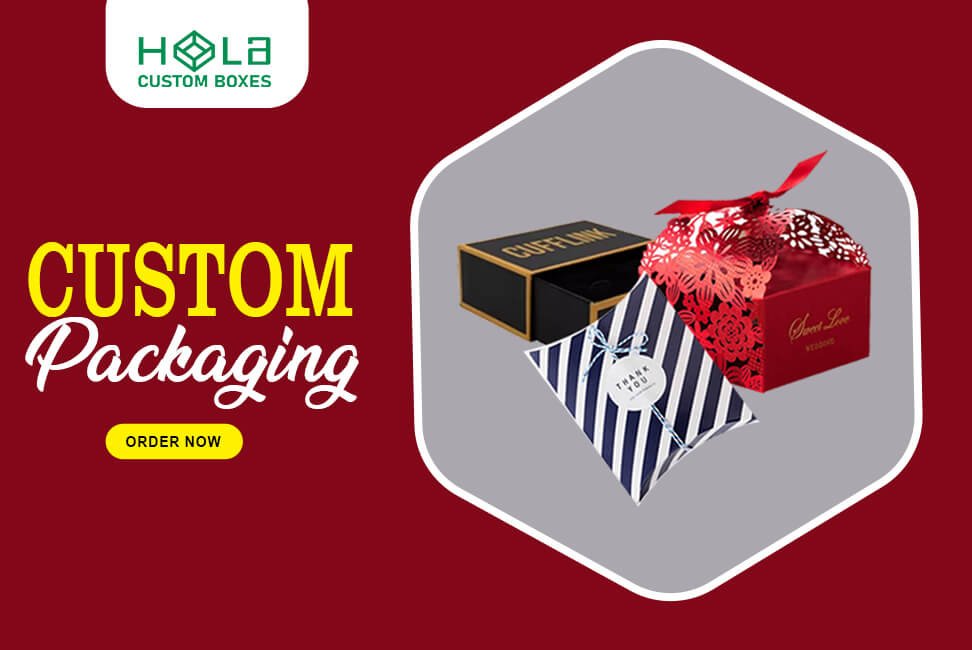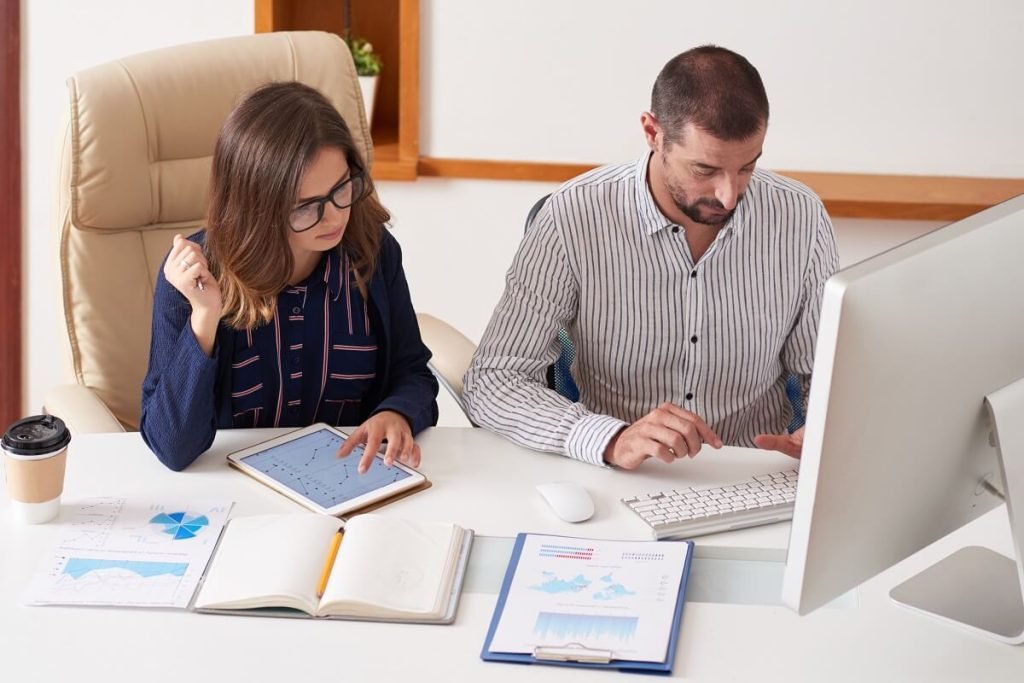Effective wholesale packaging design leverages strategic color psychology, sustainable materials, and memorable unboxing experiences to capture consumer attention. Eye-catching visuals and unique structural elements influence 85% of purchase decisions, while eco-friendly materials appeal to 70% of conscious consumers. Clear typography, distinctive patterns, and high-quality finishes reinforce brand identity across product lines. Premium design features, when balanced with cost-effectiveness, transform standard packaging into powerful marketing tools that drive retail success.
Table of Contents
Main Points
- Utilize strategic color combinations based on color psychology to influence purchase decisions and create strong visual impact.
- Incorporate high-quality finishes like matte or glossy lamination to enhance brand perception and protect packaging integrity.
- Design unique structural elements and interactive features that create memorable unboxing experiences for lasting customer engagement.
- Select sustainable materials and clearly communicate eco-friendly practices to appeal to environmentally conscious consumers.
- Maintain consistent typography and strategic logo placement across packaging to strengthen brand recognition and customer trust.
The Psychology Behind Effective Wholesale Packaging Design

How a product’s packaging affects consumer behavior extends far beyond mere aesthetics.
Color psychology plays a pivotal role, with 85% of consumers citing color as their primary purchase motivator. Eye-catching visuals and unique shapes create memorable first impressions, while concise messaging clarifies product benefits and builds consumer confidence.
Sustainability in custom packaging resonates with 70% of consumers who prioritize eco-friendly solutions.
High-quality eco-friendly materials ranging from 10pt to 28pt stock provide sustainable options while maintaining superior product presentation.
Personalization through custom elements fosters emotional connections, leading to enhanced brand loyalty.
When designing wholesale packaging, incorporating these psychological elements—from strategic color choices to alignment with consumer values—creates a compelling visual narrative that drives purchasing decisions and strengthens market presence.
Essential Elements of Eye-Catching Custom Boxes
When designing custom boxes that command attention in today’s competitive retail landscape, several essential elements work in concert to create maximum visual impact.
Strategic color schemes serve as the foundation, with 85% of consumers making purchase decisions based on visual appeal. High-quality finishes, including matte or glossy lamination, elevate packaging materials while reinforcing brand identity.
Color and finish choices make or break packaging design, driving consumer decisions and strengthening brand recognition at first glance.
Unique touch points emerge through distinct structural designs and interactive elements like QR codes, enhancing the unboxing experience.
Clear typography and deliberate logo placement guarantee effective communication, while innovative patterns differentiate products.
These components collectively foster customer loyalty and create memorable brand interactions in the retail environment.
Premium offset printing techniques ensure vivid colors and sharp imagery that make products stand out on retail shelves.
Sustainable Materials and Their Impact on Brand Image
Sustainable packaging materials stand at the forefront of modern brand strategy, with biodegradable plastics and recycled paper emerging as powerful tools for environmental stewardship and market differentiation.
Research indicates that 70% of eco-conscious consumers actively seek brands utilizing sustainable packaging, while 56% prefer companies committed to environmental sustainability.
Brands that transparently communicate their use of sustainable materials experience enhanced customer perception and brand loyalty.
Studies show 73% of Millennials willingly pay premium prices for products packaged in environmentally friendly materials.
This positive brand image translates into tangible benefits, including reduced shipping costs through lightweight materials and increased customer retention through demonstrated environmental responsibility.
Color Theory and Typography for Maximum Visual Appeal
The strategic application of color theory and typography in product packaging serves as a fundamental cornerstone of successful brand communication and consumer engagement.
Research indicates that 85% of consumer behavior is influenced by color selection, making it vital for brands to leverage complementary colors for maximum visual appeal.
Key elements for eye-catching packaging design include:
- Implementation of warm colors for urgency and cool tones for trust
- Selection of clear fonts that enhance readability and brand identity
- Consistent typography application across product lines to strengthen brand loyalty
This systematic approach to color theory and typography creates memorable packaging that resonates with consumers while maintaining professional design standards.
Creating Memorable Unboxing Experiences at Scale
Creating memorable unboxing experiences at scale requires a strategic balance between personalization and operational efficiency. The integration of unique packaging shapes and sustainable materials can greatly boost customer satisfaction, with 70% of consumers favoring eco-conscious brands.
Eye-catching design elements and high-quality finishes influence over 90% of purchase decisions, making visual factors critical for brand differentiation. Incorporating personalized messages and interactive elements creates emotional connections that drive brand loyalty.
Companies can systematically implement these features while maintaining scalability through automated personalization systems and standardized yet distinctive packaging components that guarantee consistent unboxing experiences across all customer touchpoints.
Balancing Cost-Effectiveness With Premium Design Features
Striking an ideal balance between cost-efficiency and premium design features requires strategic material selection and innovative production techniques. Cost-effective materials like recycled cardboard combined with efficient design techniques create impactful packaging without compromising quality.
Key strategies for optimizing costs while maintaining premium appeal:
- Implement collapsible designs to reduce shipping costs and optimize storage space.
- Utilize digital printing for high-quality visuals in small batch runs.
- Focus on selective premium design elements through unique shapes and finishes.
These approaches enable brands to achieve sophisticated packaging solutions while maintaining budget constraints.
Digital technology and creative designs help maximize visual impact while minimizing production expenses through standardized sizing and waste reduction.
Conclusion
Effective custom product packaging requires careful attention to visual hierarchy, material selection, and brand alignment. Success lies in balancing eye-catching aesthetics with practical wholesale considerations. Through strategic color choices, sustainable materials, and thoughtful typography, brands can create memorable unboxing experiences that resonate with consumers while maintaining cost efficiency. The intersection of psychology and design principles ultimately determines packaging’s impact in the competitive retail landscape.



